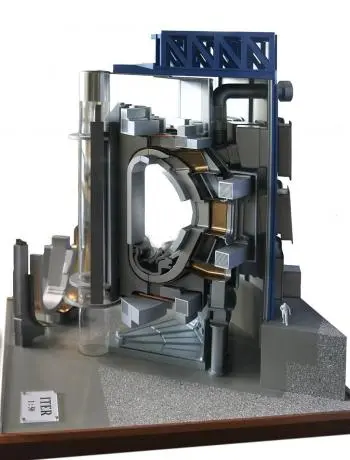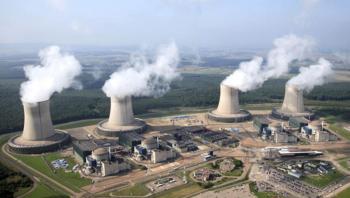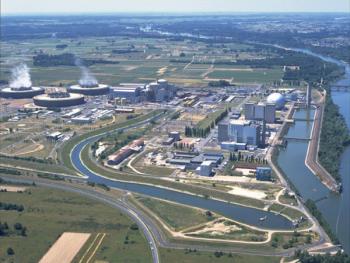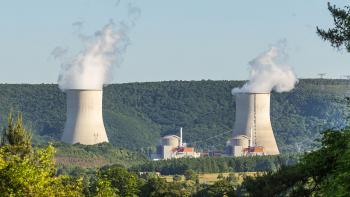
In 1974 the French government made the decision to rapidly expand nuclear power production capacity in France just after the first oil crisis.
With this nuclear program, a reduction in imports was achieved and greater energy security was achieved.
As a result of the 1974 decision, France currently has a significant level of energy independence and almost the lowest cost of electric power in Europe. It also has a very low level of greenhouse gas emissions per capita of electric power generation. More than 90% of its electricity is generated through nuclear power or hydropower.
Currently, France is the leading producer of atomic energy in the European Union. Globally, it ranks behind the United States in quantity of nuclear energy and first in population density.
How many nuclear power plants are there in France?
Currently in France, 19 nuclear power plants are operating in their electrical system. Each nuclear power plant is within a maximum distance between the closest of 600km and these are less than 1 km from the homes.
Most of these nuclear facilities have several nuclear reactors. Thus, France has a total of 58 nuclear reactors capable of generating a total power of 63,130 megawatts of electricity (MWe).
All nuclear reactors installed in France are pressurized water nuclear reactors (PWR).
| Centrales nucléaires | Reactores | |
|---|---|---|
| Belleville. Gien | 2 | |
| Blayais. Gironde, Bordeaux | 4 | |
| Bugey-2. Lyon | 5 | |

|
Cattenom. Thionville | 4 |

|
Chinon-B1. Avoine | 7 |

|
Chooz-B2. Charleville-Mezieres | 2 |
| Gravelines. Dunkerque | 6 |
Recent energy policy in France
In 1999, in a debate in the French Parliament, three main aspects of French energy policy were reaffirmed:
-
The security of energy supply.
-
Respect for the environment and the fight against climate change.
-
Due attention to the management of radioactive waste.
It was pointed out that natural gas had no economic advantage over nuclear power and that its prices were highly volatile. Furthermore, no way was found for renewable energy and energy-saving measures to replace nuclear power in the near future.
As of 2005, the role of nuclear energy would be fundamental for this energy policy, together with the specific decisions on the European Pressurized Water Reactor (EPR reactor). In particular, to build an initial nuclear reactor in order to be able to make a decision in 2015 on the construction of a series of around 40 nuclear reactors.
The research policy for the development of innovative energy technologies is also established. This policy should be done by highlighting the role of renewable energy and clean energy.
In France there are not too many parties that consider a change in the nuclear energy model.
In November 2021, French President Emmanuel Macron announced the will to relaunch the construction of new reactors. The construction of these nuclear reactors would be carried out with the type of EPR reactor.
What is the ITER project?
In the south of France, in Cadarache, the third generation of nuclear power by fusion is being investigated and developed through the ITER project. This project is funded by the European Union and the United Kingdom among other countries.
This type of nuclear generator will be much safer, there will be less nuclear waste, and it will produce three times more electrical energy.
The ITER project is an international project in which the European Union and the United Kingdom participate among other countries. The target is an experimental nuclear fusion reactor.